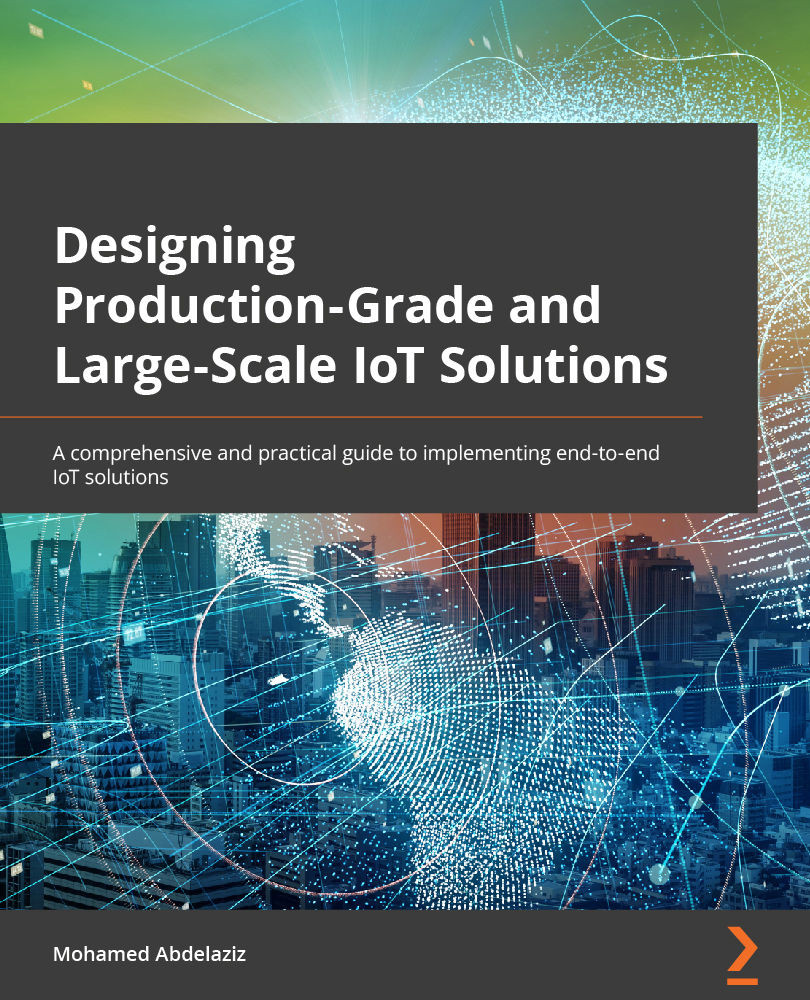Overview of this book
With the rising demand for and recent enhancements in IoT, a developer with sound knowledge of IoT is the need of the hour. This book will help you design, build, and operate large-scale E2E IoT solutions to transform your business and products, increase revenue, and reduce operational costs.
Starting with an overview of how IoT technologies can help you solve your business problems, this book will be a useful guide to helping you implement end-to-end IoT solution architecture. You'll learn to select IoT devices; real-time operating systems; IoT Edge covering Edge location, software, and hardware; and the best IoT connectivity for your IoT solution. As you progress, you'll work with IoT device management, IoT data analytics, IoT platforms, and put these components to work as part of your IoT solution. You'll also be able to build IoT backend cloud from scratch by leveraging the modern app architecture paradigms and cloud-native technologies such as containers and microservices. Finally, you'll discover best practices for different operational excellence pillars, including high availability, resiliency, reliability, security, cost optimization, and high performance, which should be applied for large-scale production-grade IoT solutions.
By the end of this IoT book, you'll be confident in designing, building, and operating IoT solutions.



 Free Chapter
Free Chapter

